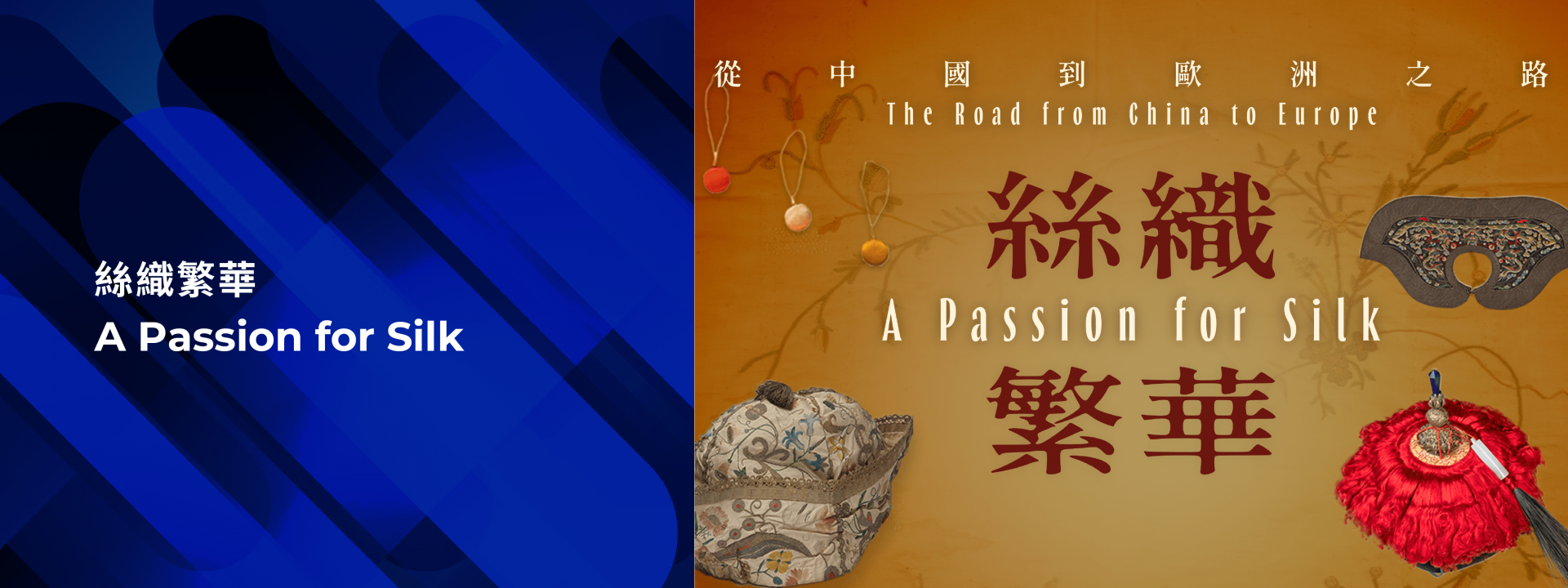A Passion for Silk
On the occasion of the exhibition dedicated to silk at CityU's Indra and Harry Banga Gallery, Alliance Française will hold a talk with renowned shawl collector Romi Lamba. Through his collecting journey, Lamba discovered that a gift from Napoleon to Josephine launched a European fashion trend for wearing Indian shawls over dresses and even imitating them with French silk manufacture.
Romi Lamba
Romi Lamba's collecting journey has spanned more than four decades and a variety of disciplines. Drawn to opulent textiles from disparate regions, Lamba's various trips eventually led him to a group of fine Kashmir shawls. His focus expanded to include these skilfully woven fabrics with delicate patterns that had more of a connection to his home. This talk is a true master class in ancient textiles – from yarns to looms, colours, patterns, motifs, and provenance, there is no facet of this treasured craft that Lamba is not an expert on.
Lamba will be interviewed by Laure Raibaut, one of the co-curators of the exhibition. The talk will be conducted in English.
Ticketing Info
Free to the public. Register here.
A Passion for Silk: The Road from China to Europe
The art of silk (sericulture) emerged in China in 8,500 BCE, becoming an important financial industry over the succeeding millennia. Chinese farmers cultivated silkworms and the mulberry trees, while master craftsmen and women wove and embroidered shimmering, colourful fabric. The value of silk was so high that it was used for payments like gold. Though kept a state secret, by the 3rd century CE the production of silk had become known to China's neighbours while India had independently developed its own silk weaving tradition. In Europe, Italy first learned sericulture in the medieval period, followed by France a few centuries later. Through technological and artistic innovations, these two countries dominated the European silk market, while Chinese silk remained a luxury item for royalty and aristocrats. The fame of Chinese silk was such that in the 19th century China's early trade routes came to be called the Silk Road.
Just as important as silk's financial role is its cultural, political, technical, and religious significance. The fabri's design and usage reveal developments in art, trade, fashion, and technology (to name just a few) and expose important cross-cultural influences. With over a hundred samples of silk clothing, accessories, and furnishings from China, India, Italy and France, this exhibition provides a rare overview of the crucial cultural role played by Chinese silk making and its influence abroad. Just as important, the exhibition reveals how European silk makers adapted the Chinese methods of production and artistic styles in ways that then influenced Chinese fabrication itself in the 20th century. Silk's continuing appeal is visible in contemporary high fashion silk creations from China and Europe.
Venue: The Indra and Harry Banga Gallery, City University of Hong Kong
Date: 11.04 – 01.09.2024; Tue – Sun 10 am – 7 pm
Free admission
Registration Link (early registration a week in advance): https://www.cityu.edu.hk/bg/visit/book-a-visit
Website cityu.edu.hk/bg
Facebook banga.gallery
Instagram banga.gallery
Email [email protected]
 Library, Alliance Française de Hong Kong Jordan Centre
Library, Alliance Française de Hong Kong Jordan Centre  01.06.2024 (Sat) 5 pm
01.06.2024 (Sat) 5 pm  Free admission
Free admissionRegistration: https://www.afhongkong.org/community/event-rsvp/?event_id=978






